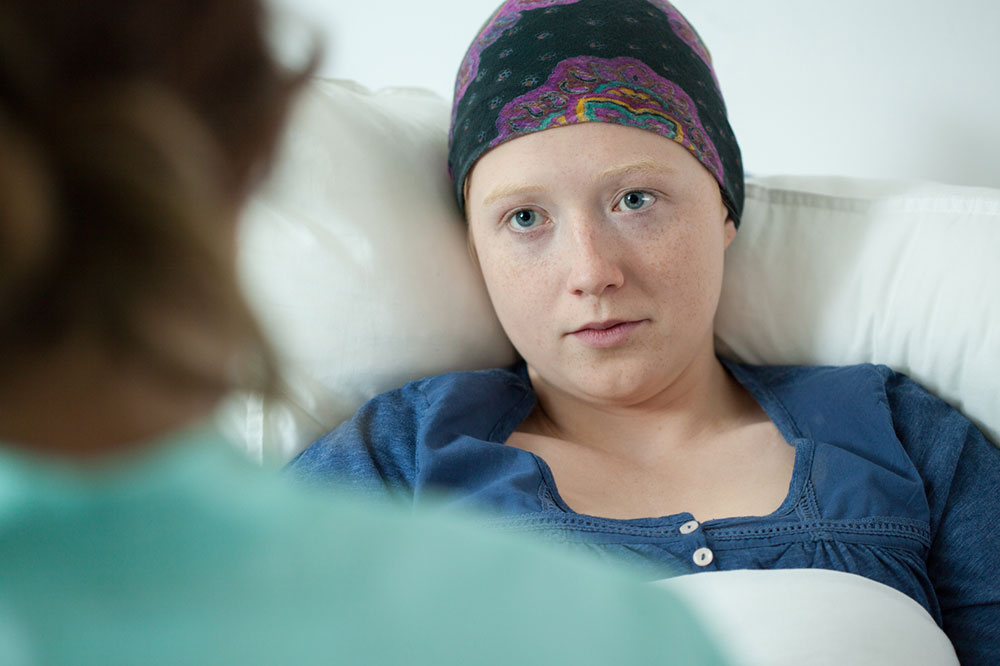
6 Symptoms of Leukemia to Look Out For
Leukemia is a potentially fatal form of cancer originating in the blood cells. Around 170 people are diagnosed with the condition every day, and 67 people lose their lives due to it every day. The disease has four types: acute myelogenous leukemia (AML), acute lymphocytic leukemia (ALL), chronic myelogenous leukemia (CML), and chronic lymphocytic leukemia (CLL). Myelogenous leukemia involves the myeloid cells, while lymphocytic leukemia results when the cancer cells develop in the lymphocytes.
However, they all have similar symptoms, and the severity of these vary from one person to another. Here are the most common ones reported:
1. Bleeding issues
Since different types of leukemia attack the blood cells, people often experience bleeding problems. The cancerous cells prevent the platelets from reducing blood loss due to cuts anywhere in the body. If not addressed timely, the body can end up losing a lot of blood, which makes the affected person feel weak and fatigued.
2. Frequent infections
Leukemia destroys the functioning of every blood cell, including white blood cells (WBCs). WBCs are responsible for fighting off infections and keeping toxic agents away from the body. People affected by leukemia lose this ability, making the body susceptible to foreign invasion. Hence, someone with leukemia might often suffer from viral and bacterial infections. Fevers are quite common as well.
3. Swollen lymph nodes
Lymph nodes are tissues that contain white blood cells that help the body fight off infections. These tissues are responsible for filtering lymph fluid, a pale liquid that follows throughout the body and is made from a combination of different cellular fluids and waste products.
Leukemia cells interfere with the functioning of the lymphatic system, making lymph nodes swell up under the skin. Armpits, groin, and the neck area are the most common locations where doctors find swollen lymph nodes in leukemia patients.
4. Superior vena cava (SVC) syndrome
The superior vena cava is a large vein responsible for circulating blood from the upper part of the body to the heart. If leukemia affects the T-cell in the thymus, a gland that stimulates the development of disease-fighting T-cells in the body, it starts swelling up and affects the working of the SVC. With excessive pressure from the thymus, the SVC is unable to properly circulate blood to and fro from the heart. This leads to chest pain, dizziness, and swelling around the cheek and neck.
5. Anemia
Anemia is a condition caused due to the lack of red blood cells (RBCs). As leukemia cells multiply, they do not allow new RBCs to form and develop, which causes anemia. The condition is common in people suffering from chronic leukemia.
6. Abdominal swelling
Leukemia cells, just like every other cancerous cell, multiply with time. They may, as a result, end up attacking different organs, like the lungs or the stomach. This makes these organs swell up.


